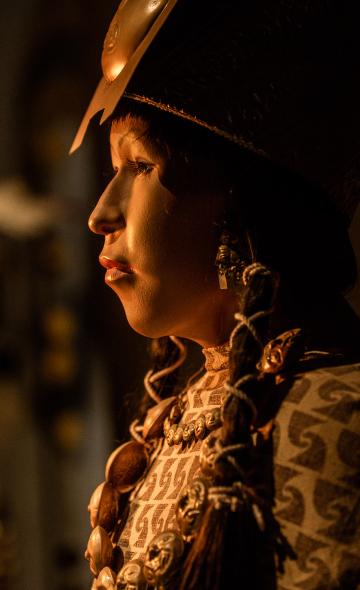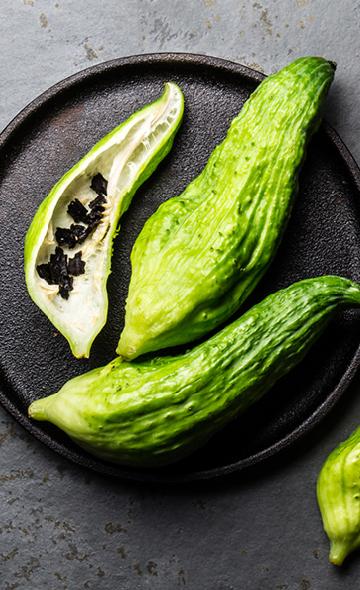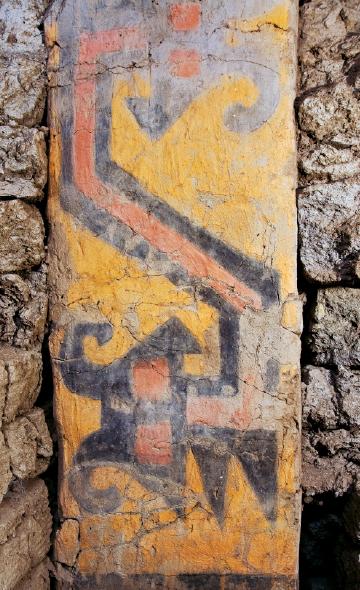- Visitors
- Researchers
- Students
- Community
- Information for the tourist
- Hours and fees
- How to get?
- Visitor Regulations
- Virtual tours
- Classic route
- Mystical route
- Specialized route
- Site museum
- Know the town
- Cultural Spaces
- Cao Museum
- Huaca Cao Viejo
- Huaca Prieta
- Huaca Cortada
- Ceremonial Well
- Walls
- Play at home
- Puzzle
- Trivia
- Memorize
- Crosswords
- Alphabet soup
- Crafts
- Pac-Man Moche
- Workshops and Inventory
- Micro-workshops
- Collections inventory
- News
- Students
- Who was the Lady of Cao and what is her importance in pre-Hispanic history?
News
CategoriesSelect the category you want to see:
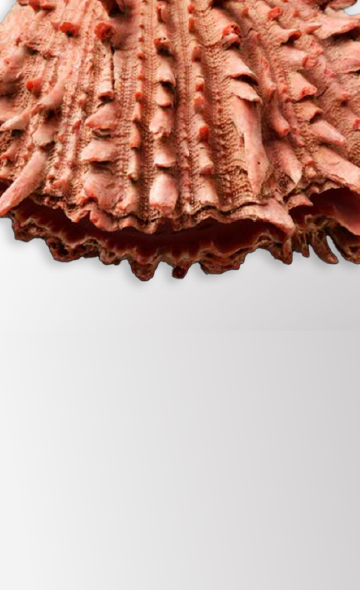
The Use of Spondylus Shells in Moche Ceremonial Contexts: Why Were They Symbols of Status and Wealth? ...
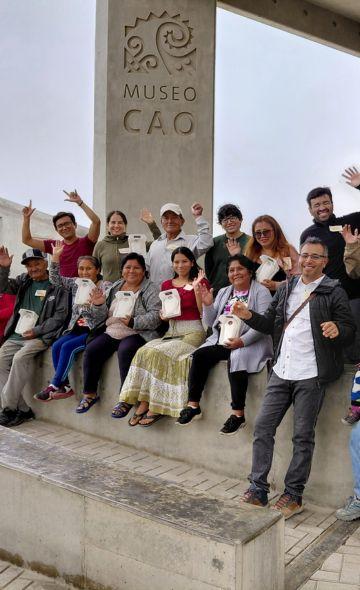
El Brujo Celebrated International Museum Day with Its Community: A Day of Encounter and Cultural Co-Creation ...
To receive new news.
Por: Complejo Arqueológico El Brujo
In 2004, during excavations at Huaca Cao Viejo, researchers made a discovery that would represent a milestone in Peruvian archaeology. Here, they found one of the most important Moche tombs. Initially, they were unaware of the magnitude of the discovery, since a thick mummy bundle, composed of three stages of covering, wrapped the individual’s body. It wasn’t until six months later, when the final layer of the bundle was removed, that they discovered that the body wrapped in it belonged to a woman.
The Lady of Cao, a unique discovery
The discovery of the Lady of Cao is unique (up to this moment) in Peruvian archaeology. This is not only because she is a woman who held a privileged position in ancient Moche civilization, but also because of the excellent state of conservation of her tomb and remains, as well the objects and individuals that were found with her and associated with her death.
The Lady of Cao’s mummy bundle
The transfer of the mummy bundle to the laboratory where it would be studied by researchers was a task that had to be carried out by several people; after all, it weighed almost 120 kg in total and the body required great care and respect.
During the unwrapping process, 22 layers grouped in three stages were identified; in other words, the Lady of Cao’s mummy bundle was actually composed of three successive bundles. The outer one consisted of 5 layers: on the first layer, there was an embroidered anthropomorphic face, and the following layers contained mantles, square cloths with metallic copper plates sewn to the textiles, and at the head, emblems of power consisting of 4 crowns and 2 maces.
The middle stage of the mummy bundle was composed of Layers 6 through 12. Here there was another embroidered face, and the set of layers consisted of bands and shrouds as well as large quantities of cotton.
Finally, the interior bundle (from Layers 13 through 22) contained the body of the Lady of Cao, as well as four dresses placed over a layer of cotton, a mantle of fine cloth with artifacts and raw materials for textile production, and a textile cloth with 31 golden copper plates sewn and hung in bands.
The Lady of Cao’s body
When the researchers discovered the Lady of Cao’s body after removing the last layer of the mummy bundle, they noted that it was in an excellent state of conservation, allowing them to still see the vestiges of tattoos on her skin from when she was living.
The tattoos were on her forearms, hands, and feet and consisted of designs of serpents, spiders, rays, octopi, snails, lunar animals, plants, rhombuses, star figures, curves, triangles, and lines.
The body also displayed her personal jewels, which are now exhibited in the museum. Many of these possess specific symbols that form a part of the different manifestations of the Moche cosmovision.
Currently, the Lady of Cao’s body can be seen in Room 6 of the Site Museum at the El Brujo Archaeological Complex.
Roles and functions of the Lady of Cao
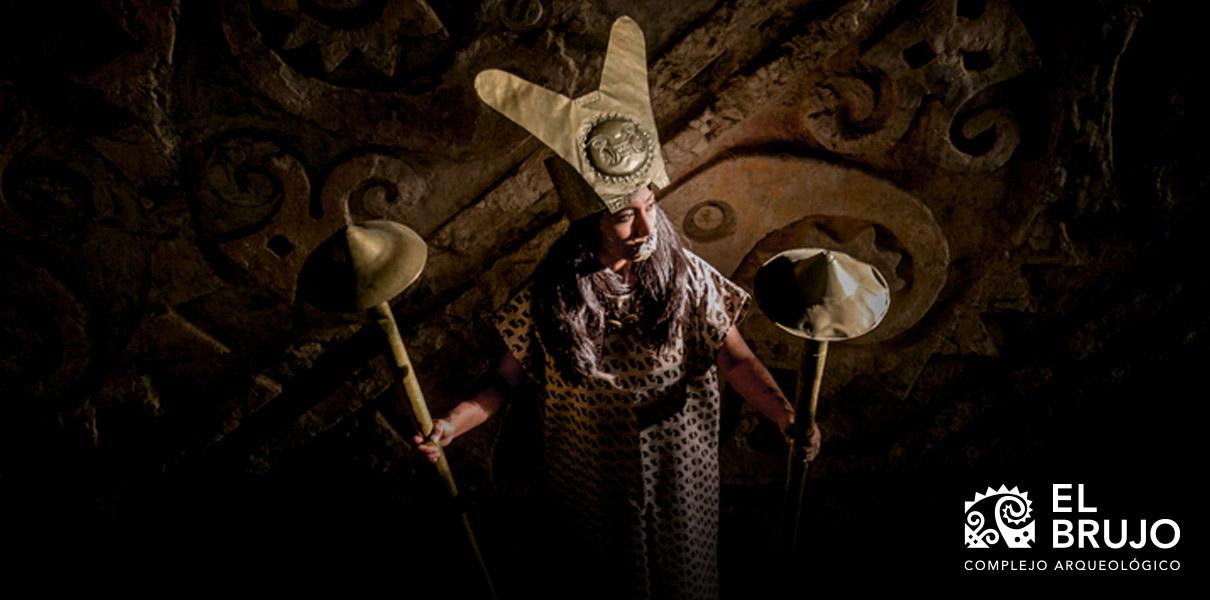
Image 2: Representation of the Lady of Cao.
Research done on the body and burial of the Lady of Cao has shed some light on the role and functions she had in life. Anthropological studies have shown that she must have died at 25 years of age and had had children.
On the other hand, the objects that were found as part of her burial allow us to suppose that, if they belonged to this individual, in life she must have occupied a privileged status in Moche society of the lower Chicama.
There is even a correlation between the symbols of power associated with the Lady of Cao and those possessed by a character in the so-called “Sacrifice Ceremony”, a central theme in Moche iconography.
In terms of the analysis of the Lady of Cao’s body, the tattoos found on her, including zoomorphic figures such as serpents and snakes, are associated with the earth’s fertility and water; on the other hand, there are also magical-religious elements which allow us to assume that this individual would have been dedicated to activities associated with shamanism.
The absence of other detailed archaeological cases makes it difficult for researchers to establish affirmations regarding the frequency of use of emblems of power on artifacts and bodies (tattoos) by Moche elite. The discovery of the Lady of Cao and her funerary context definitely raises more research questions than it does answers.
The importance of the discovery at Huaca Cao Viejo
The discovery of the Lady of Cao has reaffirmed that women held key privileged positions in ancient Moche civilization.
The tomb of the Lady of Cao is furthermore considered one of the richest tombs dedicated to a woman, not only in Peru but also in the rest of Latin America, from the pre-Hispanic Era.
Its excellent state of conservation, in contrast to other pre-Hispanic tombs that were looted before their archaeological discovery, has allowed for a better understanding of this Peruvian culture.
Visit the El Brujo Archaeological Complex and learn more about this individual and Moche culture!
Pre-Hispanic sites, such as the El Brujo Archaeological Complex, allow us to learn more about our country’s past and the lifeways of the ancient civilizations that occupied it. Reserve your visit to the complex and learn more about Moche culture and the Lady of Cao!
Students , outstanding news


